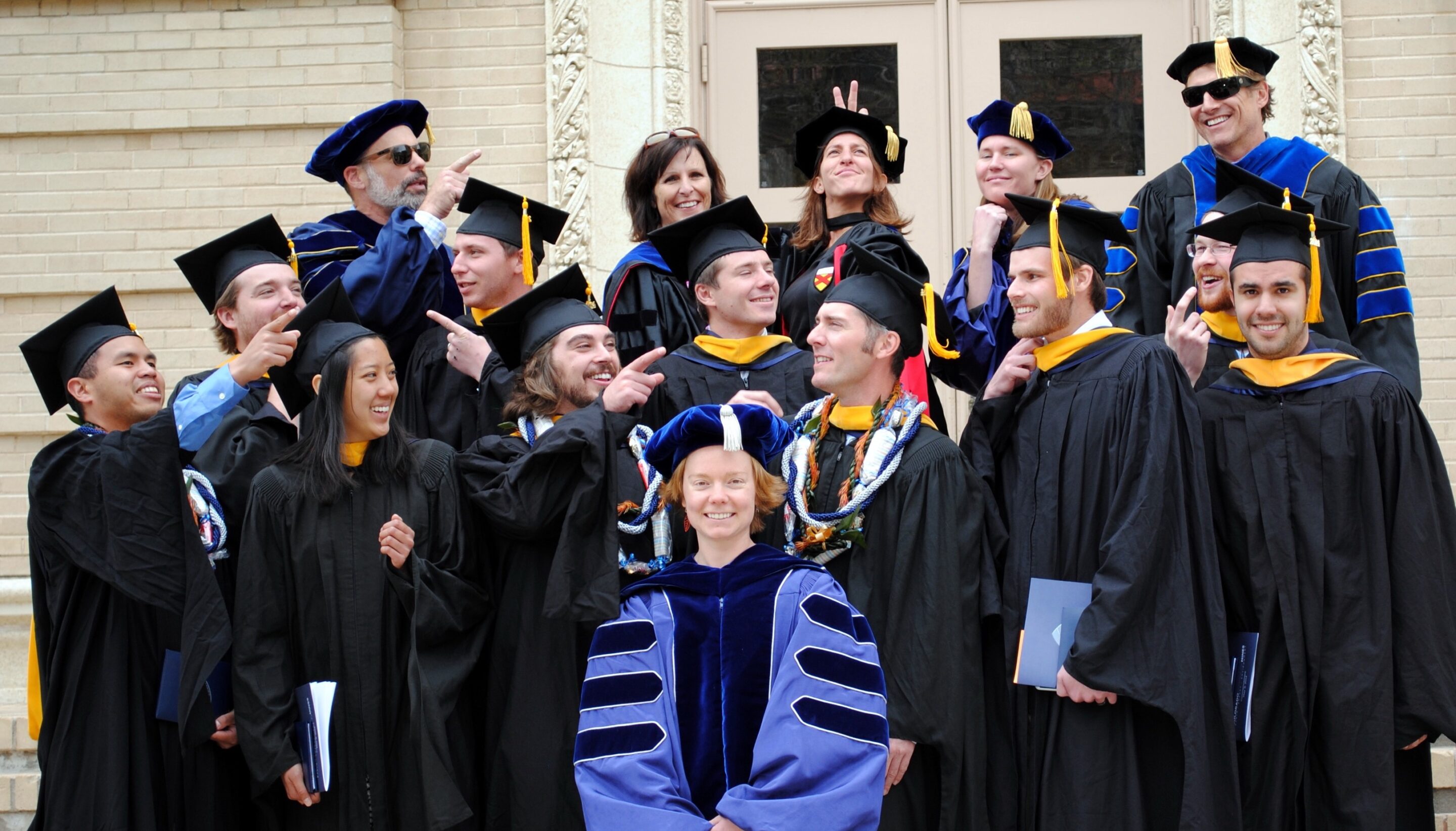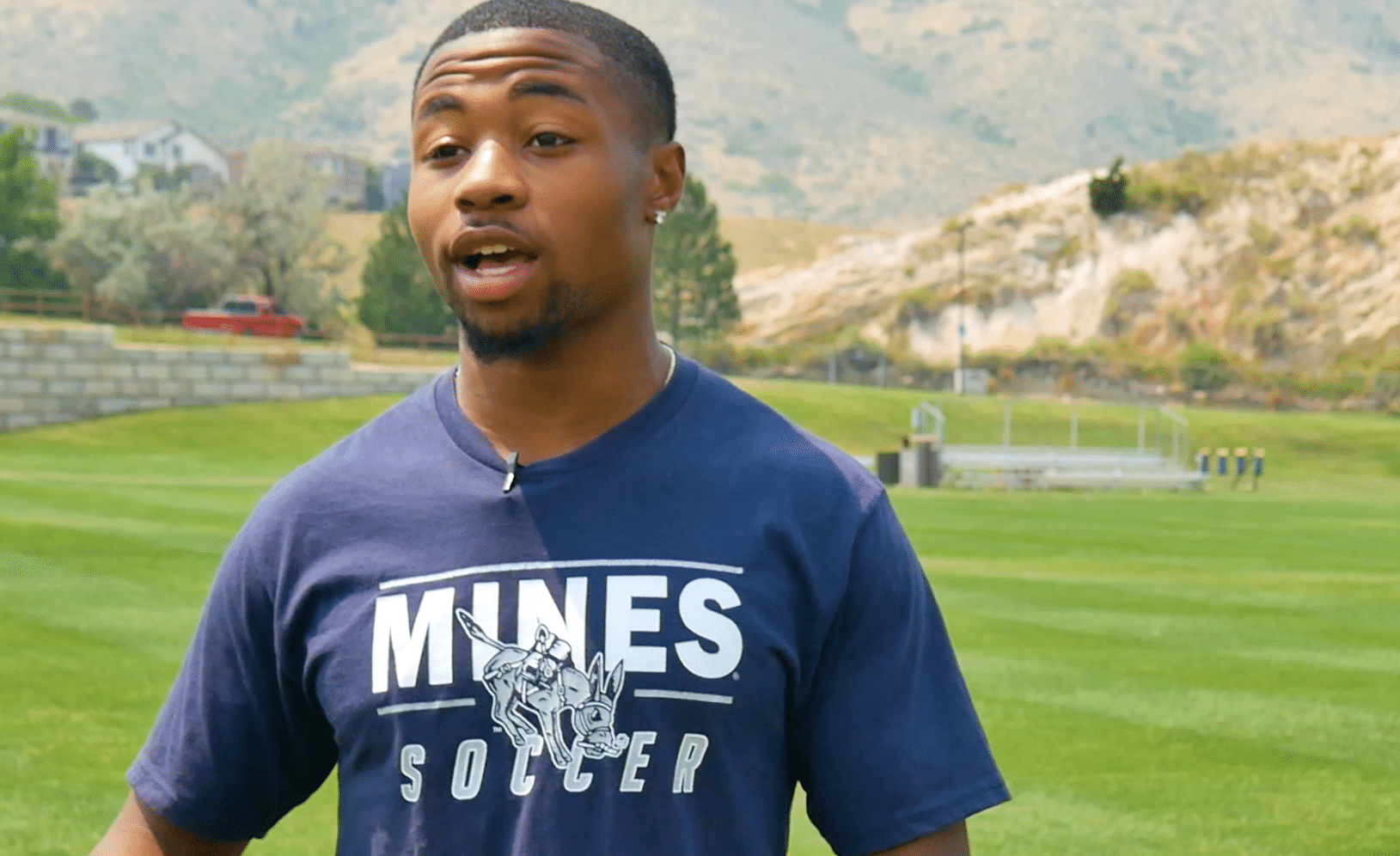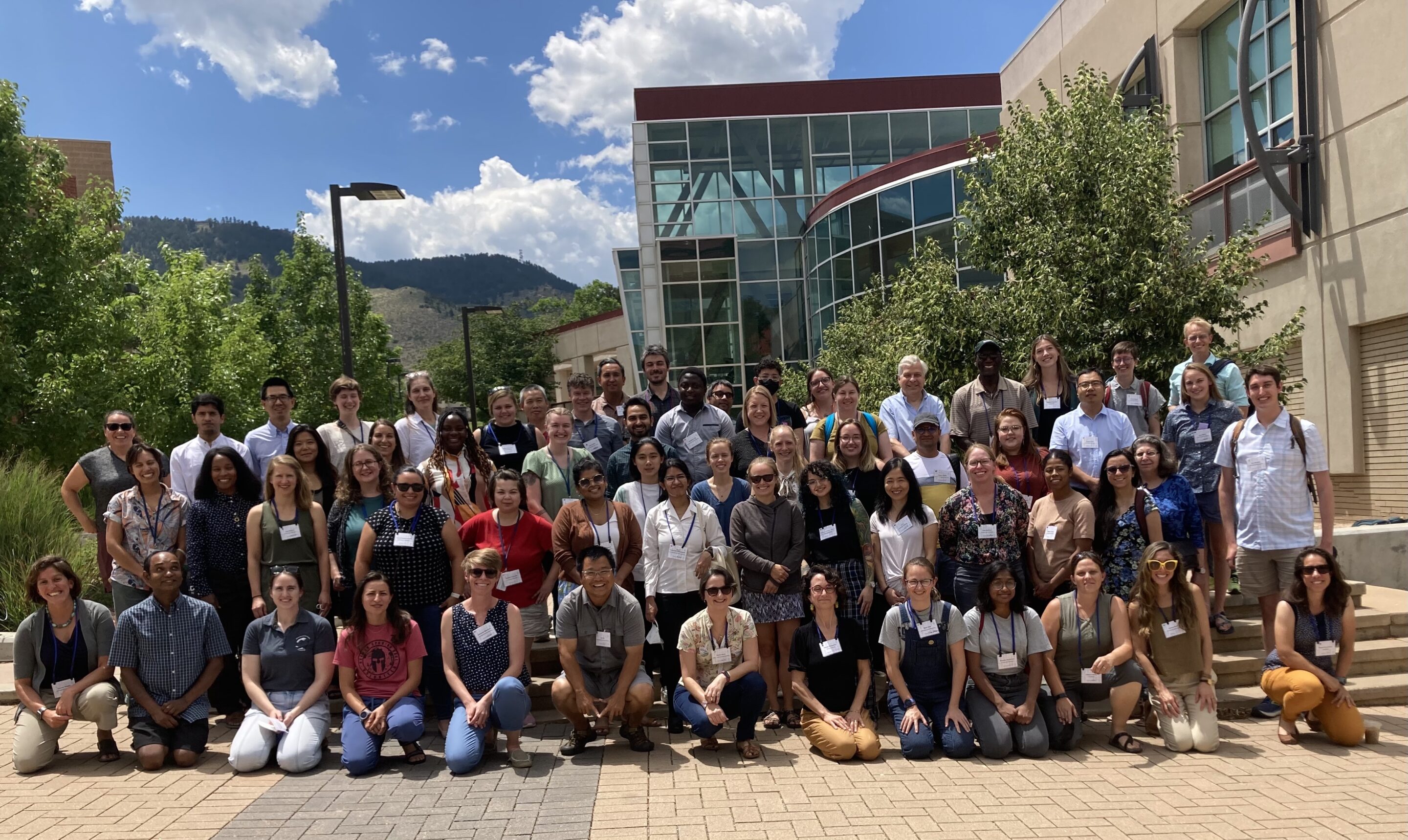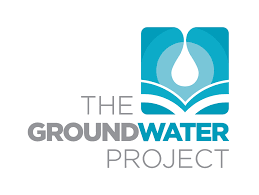Education and Outreach
Besides research and teaching at my home institution, I enjoy and am active in education and outreach. I try to create a welcome and inclusive culture in my local environment and in my scientific community more broadly. Specifically, I feel strongly about 1) helping early-career scientists find their path in STEM and 2) encouraging historically excluded students to consider STEM in their futures. A lot of research shows that the geosciences remain one of the least diverse disciplines in STEM. Academia needs to think about early-career scientists holistically and the opportunities they have been afforded to get where they are. Below, I outline some of the larger outreach/education programs that we have developed or participated in.
A Graduate Student Signature Experience at Mines (2021-present)
Led by Roel Snieder, our goal is to create a distinct Mines graduate student experience by growing the professional development and networking opportunities for graduate students. Specifically, we are working on: (1) offering a number of professional development tracks through a system of flexible modules that can be taken on-campus and online, (2) developing and offer an onboarding course for graduate students, and (3) offering a leadership and innovation professional development series to prepare students to lead innovation initiatives within industry. This initiative is aimed at thesis-based masters and Ph.D. students, non-thesis Masters students, first-generation and/or minoritized students who may need a smoother transition to graduate school, and working professionals who seek to further their education while giving primary focus to their career.
Mirror Mentoring at Mines (2021-present)
To meet the Mines@150 initiative to have a highly qualified student body that matches state-wide demographics, we have developed the Mirror Mentoring program. This project, led by Andres Guerra, provides funding to support Mines students from historically excluded backgrounds with an experience in which they mentor high-school students, with a focus on navigating the college application process for STEM careers. This is an opportunity for current Mines students to stay connected with their community, to provide examples of their success at Mines, and promote the success of others from their community. One goal is to build experiences between the familiar community of these high-school students and the Mines community, which can look vastly different. See a story about the program here.
Broadening Participation in Critical Zone Science (2019-present)
Funded through a NSF Research Coordination Network and in conjunction with my colleagues Pam Sullivan, Nicole Gasparini, and Li Li, this project looks to involve new scientists interested broadly in earth and environmental system science to critical zone science in part by introducing big questions and building networks. This initiative has included cyberpanels and a cybersymposium, an active webinar series called Critical Conversations on key critical zone topics in partnership with CUAHSI and the National Association of Geoscience Teachers, and (finally!) an in-person meeting in 2022 (shown). We have a data-model integration workshop running in the summer of 2023. You can find more information on our project here.
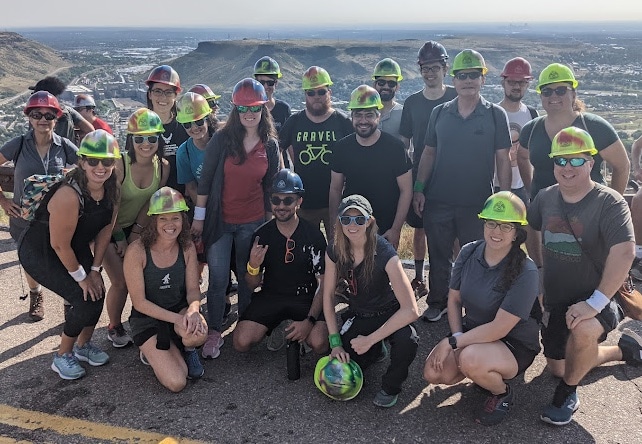
Launching Your Academic Career (2018-present)
Through the Mines President’s Office, I developed a career-development program for pre-tenure faculty at Mines. This program includes a series of workshops, covering topics including expectations for promotion and tenure, getting a quick start in teaching effectively, setting up a research group and developing its brand, grant-writing tips, university finances for faculty, service work, time management, networking, finding mentors, managing personalities, and developing one’s dossier. The “syllabus” can be found online.
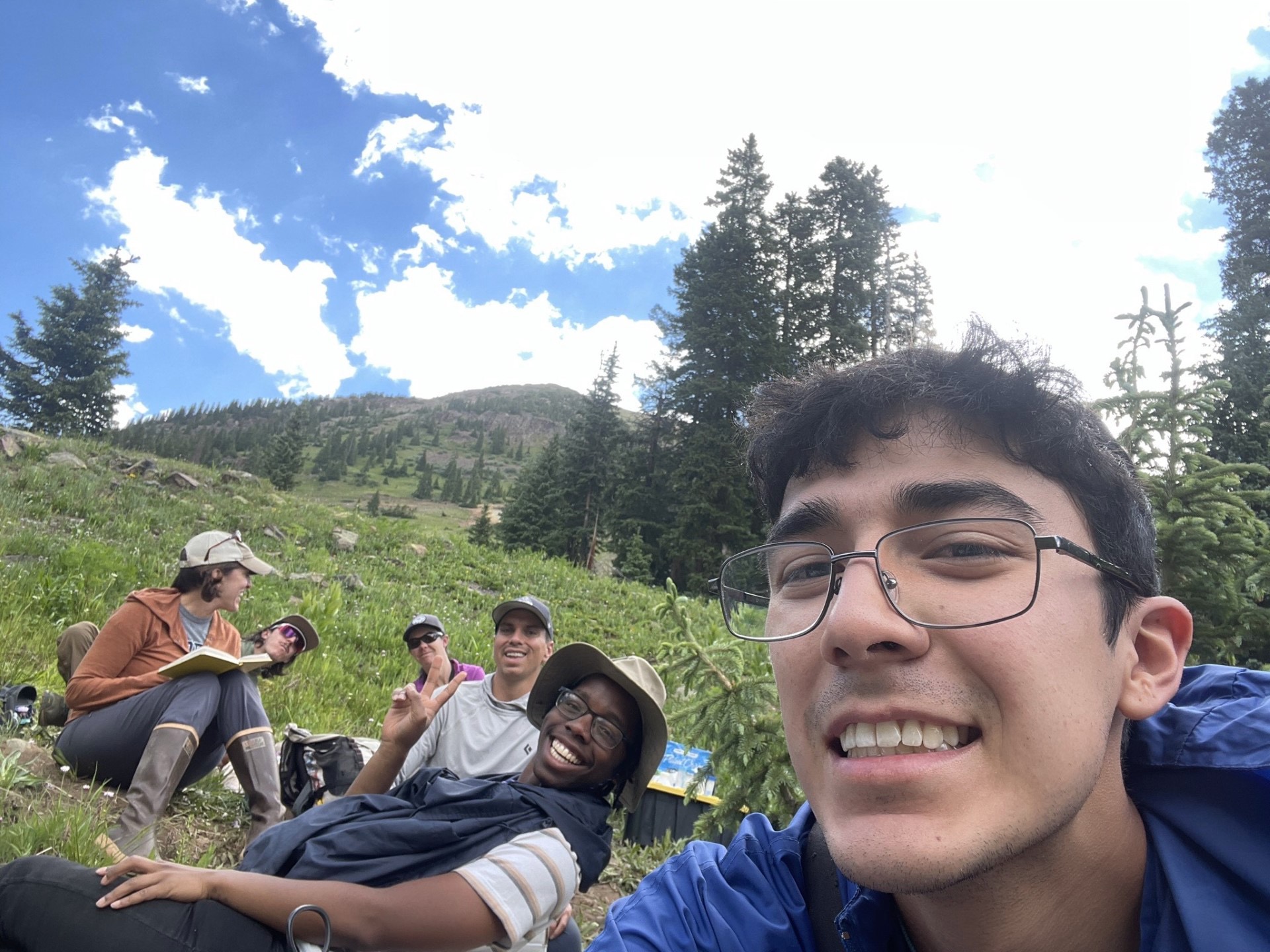
Research Experiences for Undergraduates (2014-present)
My group has been part of a number of external REU programs as mentors, including Earthscope’s Research Experiences in Solid Earth Sciences for Students (RESESS) Program, which is a summer internship program dedicated to increasing the diversity of students entering the geosciences. Here, we take a break from collecting data in Silverton, CO. Previous interns include the amazing Rorisang Kgoadi (Louisiana State, 2023), Shradha Ravikumar (Arizona State, 2022), Jenelle Cockerham (Fort Valley State University, 2022), Samantha Motz (Georgia Tech, 2021), Ian Gambill (Haskell Indian Nations University, 2019), Teodora Mitroi (Georgia State, 2018), Kassidy Ulmer (Penn State, 2016), Stacy Hendricks (Rocky Mountain College, 2015), Anny Sainvil (Smith College, 2015), and Jackie Romero (Southern Methodist University, 2014). We’ve also mentored undergraduate students from other REUs, including the new Critical Zone Hub REU: José Montoya (University of New Mexico, 2023).
The Groundwater Project (2019-2022)
John Cherry is revisiting his 1979 classic Groundwater textbook as a series of electronic books. We’re helping to organize the Hydrogeophysics domain, the first books of which were just published in 2022. The domain will including books on: Self potential: Damien Jougnot (Sorbonne U); Electrical imaging for hydrogeology: Kamini Singha (Mines), Fred Day-Lewis (USGS), Tim Johnson (PNNL) and Lee Slater (Rutgers); Electromagnetics: Doug Oldenburg (U British Columbia) et al.; NMR: Elliot Grunewald (Vista Clara) and Kristina Keating (Rutgers); Seismic: Jorden Hayes (Dickinson U) and Brady Flinchum (Clemson); Distributed fiber-optic hydrogeophysics: Scott Tyler (U Nevada-Reno) et al.; Borehole geophysical logging: John Williams (USGS) and Fred Paillet (USGS); Airborne methods: Burke Minsley (USGS) et al.; Rock physics relations: Frederic Nguyen (U Liege); and Joint inversion: Erasmus Oware (U Buffalo) for hydrogeologists.
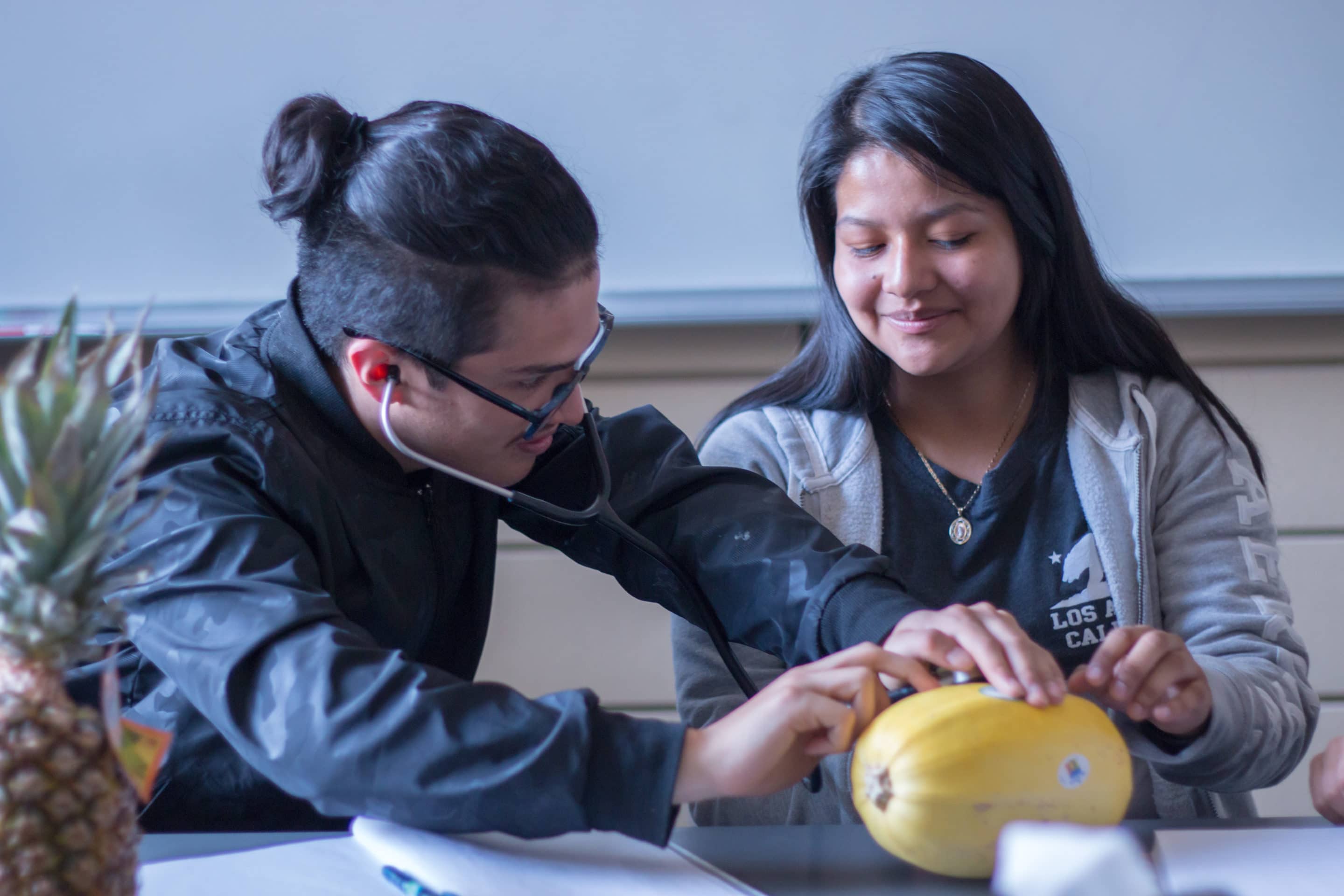
Mining for Talent (2015-2018)
With support from the Mines Integrated Groundwater Modeling Center (IGWMC) and the Society of Hispanic Professional Engineers, we developed an outreach program in collaboration with Alameda International Junior/Senior High School that brings high school students onto the Mines campus for a day to explore the earth sciences, including participating in a number of labs, from “polluting” groundwater aquifers, exploring how biology controls geochemical reactions, and determining how earthquake seismologists determine the what the earth is made of using fruit as a proxy (shown here).
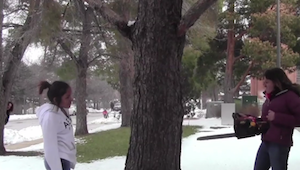
Earth Explorers Program (2016, 2022)
Earth Explorers is a program started by the National Center for Atmospheric Research. Started in 2010, this program supports middle-school students who learn about science by working directly with scientists from a myriad of institutions near Boulder, CO. Not only do the students interview the scientists, they learn how to write, edit and produce a video about a story they develop in cooperation with the scientists. Holly Barnard and I worked with a group of students in 2016; our Oscar-worthy performance is here.
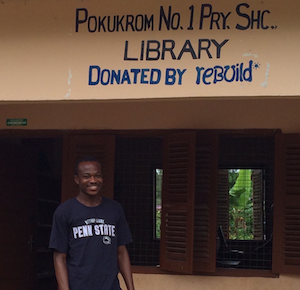
reBUild (Research and Education on Buruli Ulcer, Inundations, and Land Disturbance) (2009-2015)
As part of a larger project exploring Buruli ulcer, an infectious disease found largely in sub-Saharan Africa, we worked with a group of school teachers and their students at Penns Valley High School and the Boa-Amponsem Secondary School in Dunkwa-on-Offin, Ghana to build relationships between disease and human effects. In Pennsylvania, students and teachers investigated West Nile virus and Lyme disease, infectious diseases that hit closer to home, and they shared their findings with their Ghanaian partners via video clips, web sites, and wikis—and vice versa. Both groups developed materials to educate their own local communities about the diseases as well as aspects of the other country’s cultures. Teachers from Ghana came to Penns Valley, PA and Penns Valley teachers traveled to Ghana as part of the exchange, and we donated a library to a partner school in Pokukrom, shown here.
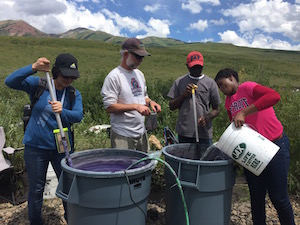
Surface Water-Groundwater Workshops (2012, 2016)
Description: Mike Gooseff and I conducted two field-based training courses on surface water-groundwater exchange, hosted by CUAHSI, one outside of the Shale Hills Critical Zone Observatory and one hosted by the Rocky Mountain Biological Laboratory. Attendees learn the fundamentals behind and gain hands-on experience using a variety of techniques, including equipment deployment and data processing and analysis. Our goals were to introduce and train new users to novel techniques and stimulate discussion about how to appropriately apply these techniques and from where the next breakthroughs in quantifying stream-groundwater dynamics may come.
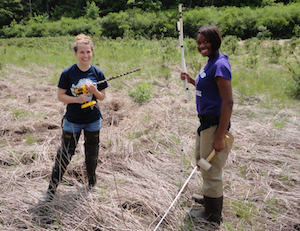
The Penn State Hydrogeophysics Field Experience (2009-2012)
Description: This three-week course ran from mid-May to early-June each summer, with undergraduate researchers from Penn State and three participating historically Black universities: Jackson State University, Fort Valley State and Elizabeth City State University. Students combined field experimentation, data analysis, and numerical modeling with in-class instruction during to develop hypotheses regarding the processes controlling solute transport at the Shale Hills Critical Zone Observatory. Environmental consultants, government employees, and small companies participated in the field camp to demonstrate hydrogeophysical field equipment and highlight jobs in environmental fields. Goals of the program were for students to: (1) apply their knowledge of mathematics, science, and engineering to real field problems, (2) conduct experiments and analyze/interpret data, (3) function in multidisciplinary teams, and (4) communicate their scientific data and analyses effectively.
